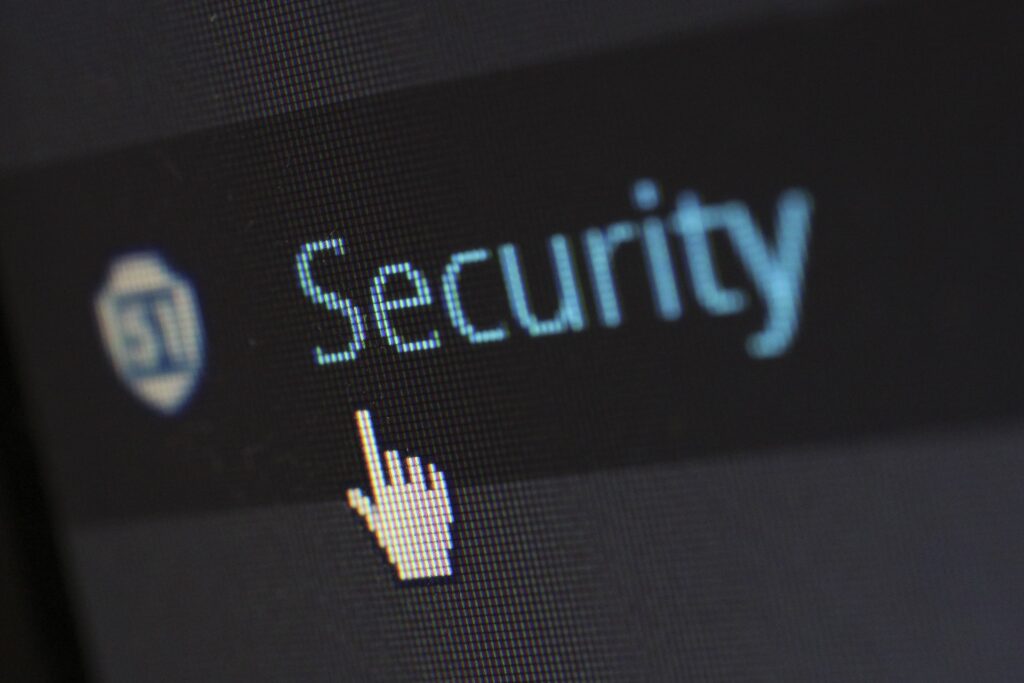In today’s hyper-connected world, where we rely heavily on the internet for communication, transactions, and accessing information, cybersecurity has become a critical concern. The speed at which we can access and transmit data plays a significant role in our overall cybersecurity posture. This article explores the correlation between internet speeds and cybersecurity, presenting essential statistics and effective strategies to protect ourselves in an increasingly fast-paced digital landscape.

The Need for Speed
Internet speeds refer to the rate at which data can be transmitted over the internet connection. Faster internet speeds allow for quicker data transfers, seamless streaming, and improved user experiences. However, it is important to note that while faster speeds can enhance productivity and efficiency, they do not inherently guarantee better cybersecurity. In fact, there are several factors to consider when examining the relationship between internet speeds and cybersecurity.
Statistics on Cybersecurity Threats
To understand the impact of internet speeds on cybersecurity, let’s look at some key statistics:
- Increased Attack Surface: With faster internet speeds, individuals and businesses are connected to the online world more extensively, expanding their attack surface. According to a report by SonicWall, there were over 10.2 billion malware attacks globally in 2020, highlighting the pervasive nature of cyber threats.
- DDoS Attacks: Distributed Denial of Service (DDoS) attacks, which flood a network or website with traffic to overwhelm its resources, can be magnified by faster internet speeds. According to Akamai’s State of the Internet Security Report, DDoS attacks increased by 12% in 2020.
- Phishing and Social Engineering: Cybercriminals often leverage phishing and social engineering techniques to trick users into revealing sensitive information. The speed of internet connections can affect the speed at which users receive and process emails or messages, potentially impacting their vulnerability to such attacks.
- Patching and Updates: Faster internet speeds enable users to quickly download software updates and security patches, ensuring their systems are protected against known vulnerabilities. Timely patching is essential for maintaining a strong cybersecurity posture.
Strategies for Effective Cybersecurity
While internet speeds alone may not directly influence cybersecurity, there are several strategies individuals and organizations can implement to enhance their defenses:
- Strong Passwords: Use complex, unique passwords for all online accounts, and consider using a password manager to securely store them.
- Multi-Factor Authentication (MFA): Enable MFA wherever possible to add an extra layer of security to your accounts, making it harder for unauthorized individuals to gain access.
- Regular Software Updates: Keep all devices, operating systems, and applications up to date with the latest security patches to protect against known vulnerabilities.
- Security Awareness Training: Educate yourself and your employees about common cyber threats, such as phishing and social engineering, to recognize and avoid potential risks.
- Secure Network Connections: Ensure that your home or office network is protected with strong encryption, such as WPA2 or WPA3, and consider using a virtual private network (VPN) for secure remote connections.
- Antivirus and Firewall Protection: Install reputable antivirus software and maintain up-to-date firewalls to detect and block malicious activities.
- Regular Backups: Back up your important data regularly to an external storage device or a secure cloud storage service to mitigate the impact of potential data breaches or ransomware attacks.
While internet speeds can impact certain aspects of cybersecurity, it is important to understand that cybersecurity is a multifaceted discipline that requires a holistic approach. Fast internet speeds can enable efficient data transfers and enhance user experiences, but they must be complemented with robust cybersecurity measures. By staying vigilant, adopting best practices, and being aware of the latest threats, individuals and organizations can strengthen their cybersecurity defenses, regardless of their internet speeds. It is crucial to prioritize cybersecurity regardless of the speed at which data is transmitted.